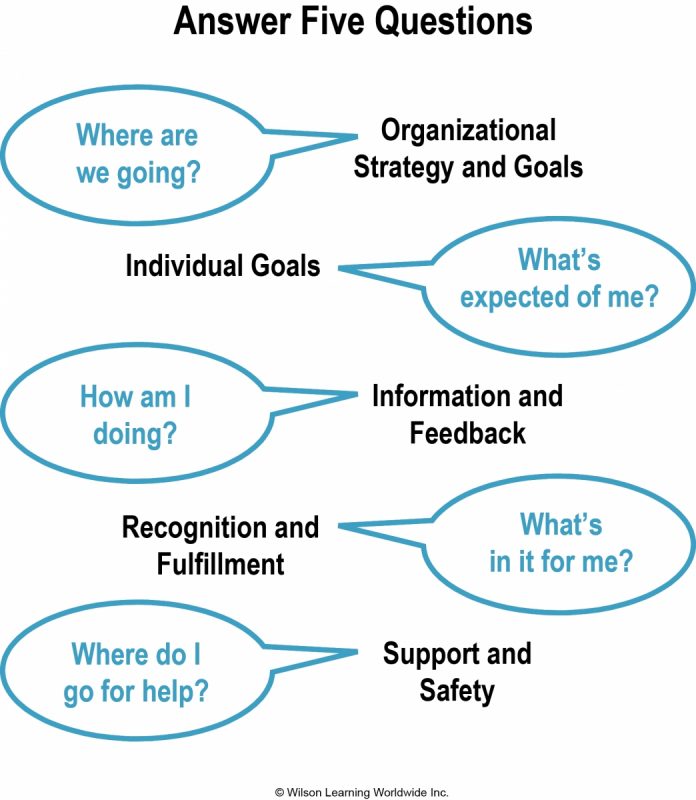
“For the third year in a row, leadership soared to become one of the most pressing talent challenges faced by global organizations. Nearly 9 out of 10 global HR and business leaders (86 percent) cited leadership as a top issue. Fully 50 percent of respondents in our survey rated their leadership shortfalls as ‘very important.’ Yet only 6 percent of organizations believe their leadership pipeline is ‘very ready’—pointing to the staggering capability gap.”
—Global Human Capital Trends 2015, Deloitte University Press, an imprint of Deloitte Development LLC
One of the most alarming current global business trends points to one of the most tantalizing business opportunities.
As Baby Boomers retire, the ranks of managers and supervisors are being depleted. Organizations also are losing the wisdom carried by experience, hard-won repositories of technical knowledge, and personal case studies of problem solving. Further, networks of professional contacts that aided internal and external collaboration, innovation, and team performance are gradually diminished and weakened as Baby Boomers exit the workplace.
Most organizations, by their own report, are not doing enough to address this impending short supply of internal leadership.
From the perspective of Millennials and members of post-Baby Boom demographics, this leadership vacuum is disempowering and frustrating. When leadership is ad hoc and constantly churning, it is difficult to win resources and commitment for projects or plans that extend beyond the organization’s current fiscal year, or even shorter event horizon.
It Begins with a Shift in Focus
If your organization is one of the 94 percent of global businesses that admit to not doing enough to secure the leadership future of the organization, you’re probably wondering what it will take, what it will look like, and where to begin to create an internal context that assures the ongoing development of leadership.
It begins with an understanding of the fundamental transformation that must take place as “high performers” become team leaders, supervisors, and first-time managers.
This demands expanding beyond knowledge acquisition and skill development. It affects the head, hands, and heart of every high performer who successfully makes the transition to effective leadership.
Doer Becomes Manager
Those who succeed at the transition learn to solve problems by leading others to solve problems. At the heart of this transition is a multi-dimensional shift in mindset.
- The focus shifts from the new leader’s own performance to developing the performance of others.
- The unit of analysis shifts from individual performance to team performance.
- Communication shifts from fault finding to focusing on opportunities for increasing performance.
- Learning shifts from acquiring individual development to strategic team development.
- Engagement shifts from gaining compliance to gaining alignment, enrollment, and motivated performance.
Where Individuals Stumble
This shift in mindset is difficult for most new managers because they rely too heavily on the technical expertise that helped them excel as a doer. It is difficult, but necessary, to move away from behavior that has already proven to be a source of credibility and competence. It requires courage to learn and apply new behaviors and skills and to trust untested new understandings of roles and responsibilities.
Those who stumble in the transition to leadership often end up micromanaging others and rely even more on behaviors that have worked in the past. Feeling the pressure to deliver results and thereby establishing their own credibility as managers, they often do too much of the work themselves and disempower team members.
Where Organizations Stumble
Most organizations provide training to new managers that focuses on the traditional foundational supervisory topics: setting goals, conducting performance reviews, delegating, coaching, and reinforcing.
This foundational training is necessary but not sufficient. It helps new managers understand “what to do” and “how to do it.” Where most organizations stumble is in providing robust training in “why it’s important.” They train the head and hands of new managers, but all too often they fail to provide training that addresses the heart and soul of new leaders, essential for developing a philosophy of empowering leadership.
Leading Is Creating the Conditions for Performance
One of the first lessons new leaders learn is that the job of leadership is to bring about results. However, the real learning comes only when they learn they can’t directly impact the output by continuing to lead from their technical expertise. They must learn that leadership is about creating the conditions that facilitate the engagement and performance of the individuals on their team.
Promote, Stimulate, and Answer
How do they create these conditions? In order to facilitate engagement and performance, new leaders must learn to:
- Promote Performance with Fulfillment
- Stimulate Individual Growth
- Communicate the Answers to Five Questions
Promote Performance with Fulfillment
“Fulfillment” refers to the sense of meaning people find in the work they do. It is also about the belief that you are contributing value or are doing work that supports your own sense of personal purpose. Organizations need to help new leaders learn how to create the conditions that enable team members to find powerful fulfillment in their work performance.
Leaders eventually learn that leadership is not just about driving results. It is about ensuring people find purpose and meaning in the work they do. It is the only way to sustain high performance over time.
Stimulate Individual Growth
Learning new concepts and applying new skills is inherently fulfilling for most people. Leaders learn to stimulate and support the individual growth of each team member. They know that individual growth follows a pattern—as skills are learned and applied, performance begins to increase. Leaders need to learn to recognize and support individuals at each phase in this growth process.
Answer Five Questions
Our research has shown that when employees do not have answers to five critical questions, they tend to pull back, disconnect, and just go through the motions. It is critical that leaders provide the answers to these questions in order to ensure individuals stay focused, engaged, and find purpose in the work they do. As new managers gain experience, they become adept at keeping their team informed at all times. This means they are constantly communicating the answers to the five key questions regarding the work of the team.

1. Where are we going? First, identify and clarify the strategy and goals. The leader ensures individuals understand how daily work activities fulfill on strategy and contribute to achieving team goals.
2. What’s expected of me? At all times, leaders make sure individuals and teams know what is expected of them in order to contribute to driving the organization’s strategy and achieving individual, team, and organizational goals. Making expectations clearly understood is an ongoing process.
3. How am I doing? People perform better when they know where they stand. Frequent feedback and reinforcement become part of an ongoing conversation with each team member. Individuals and teams need to be able to adjust as conditions change. Lack of feedback can cause teams to fracture as each individual creates a different account of the team’s progress.
4. What’s in it for me? True leaders understand that work means different things to different individuals. They learn how to keep the rewards for sustained performance improvement within reach.
5. Where do I go for help? Leaders are a source of support and safety when things don’t go as planned. Leaders know that when mistakes are made, or processes break down, there are performance breakthroughs waiting to be discovered. When individuals trust their leader will be “hard on the problem” but “easy on the person,” the entire team begins to problem solve in a new way, and team performance takes a leap forward.
Leading Three, or Three Thousand . . .
New leaders often feel that to be effective, they need to acquire the power to call the shots and take charge. New leaders often feel they need to keep control of individual and team performance. And they often feel the need to force individuals and teams to serve their professional and organizational goals.
Those who successfully navigate the transition to true leadership learn that this appetite for power and control is all too often counterproductive to team performance.
Truly effective leaders have come to understand that their power as a leader is enhanced by empowering others to grow, develop, and perform. They understand that the truest source of control comes from freeing others to use their talents. And true leaders put into practice and understand that the best way to keep people energized and performing with fulfillment is to serve, guide, and support.
Whether leading a team of three, or a team of three thousand, leadership is present when:
- Instead of seeking power, a leader empowers individual and team performance.
- Instead of seeking control, a leader “frees up” team performance.
- Instead of being served, a leader serves the performance of the team.
Tom Roth is chief operating officer of Wilson Learning Worldwide. He is responsible for the strategic direction and business performance of Wilson Learning Worldwide operations, and leads the global marketing services and R&D solutions group. Roth assists global executive leadership teams with issues related to employee engagement, leadership development, strategy alignment, and business transformation. Prior to his current role, he served as president of Wilson Learning Americas. Roth has more than 35 years of experience developing and implementing human performance improvement solutions. He is a published author and frequent speaker at global conferences and client events.
To learn more, contact Wilson Learning at 800.328.7937 or visit WilsonLearning.com.




